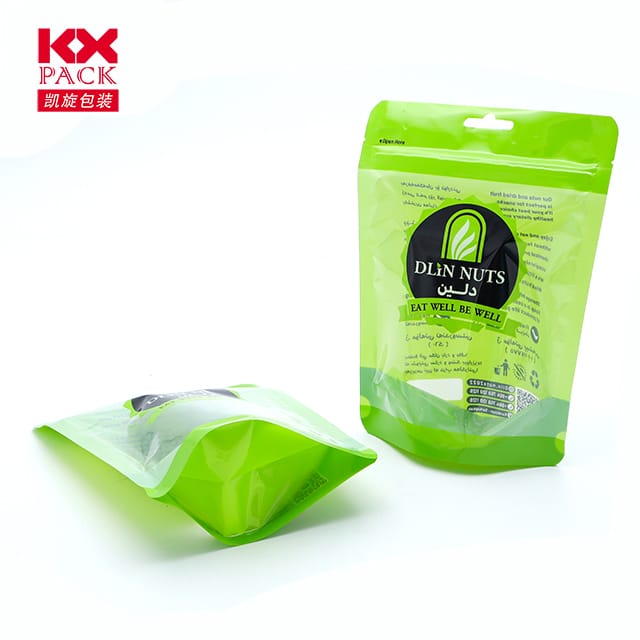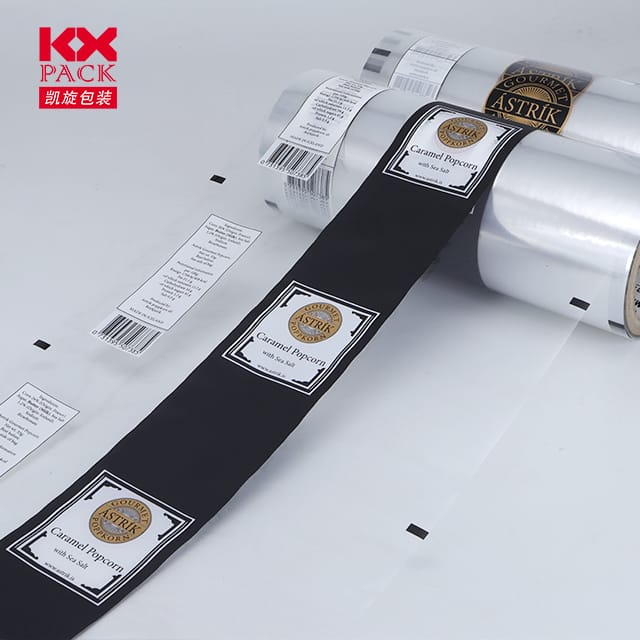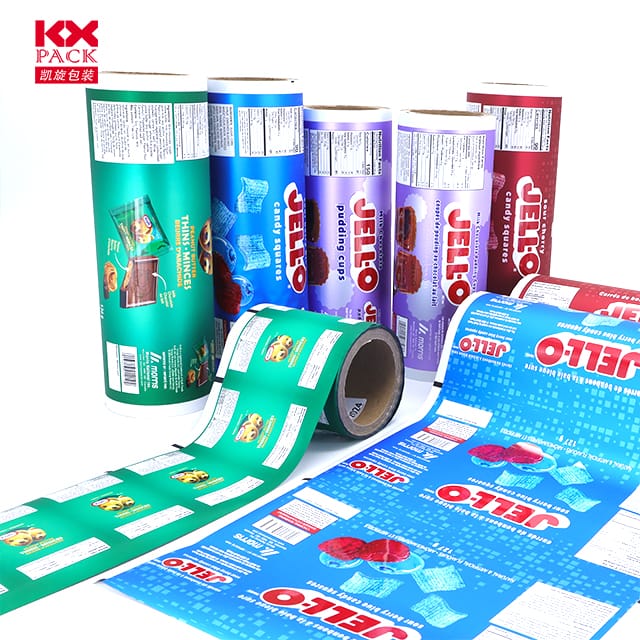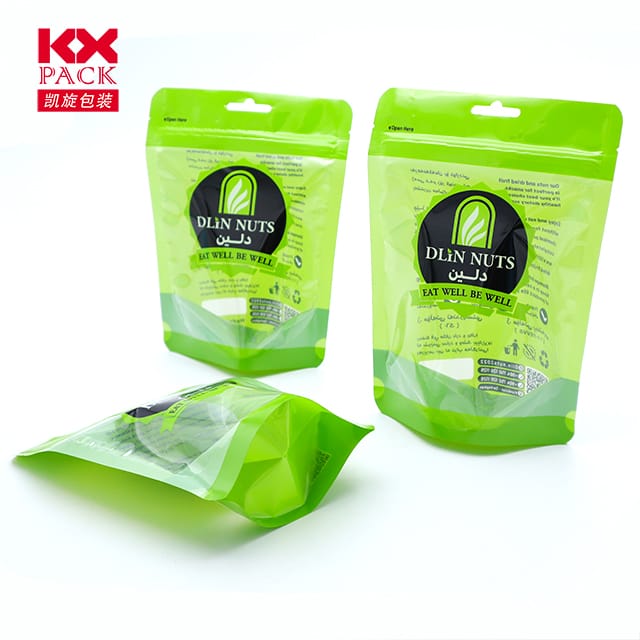Le guide ultime du film d'emballage alimentaire: De la cuisine essentielle aux choix de l'éco-conscient
Film d'emballage de nourriture
Film d'emballage alimentaire, également appelé film alimentaire, pellicule plastique, ou Saran Wrap - est un incontournable de la cuisine dans presque tous les ménages. Si vous préservez les restes, viande marine, ou emballer des déjeuners, Ce transparent, Le matériel extensible semble indispensable. Mais combien en savez-vous vraiment? Démêlons la science, durabilité, et des astuces intelligentes derrière Film d'emballage de nourriture.
1. De quoi est fait le film d’emballage alimentaire?
La plupart des emballages en plastique commerciaux sont fabriqués à partir de polyéthylène (PE), un poids léger, plastique souple. Certaines variétés utilisent chlorure de polyvinylidène (PVDC) ou chlorure de polyvinyle (PVC) pour une meilleure adhérence et une meilleure résistance à l'humidité, bien que ceux-ci soient tombés en disgrâce en raison de préoccupations environnementales.(Film d'emballage de nourriture)
- SUR LE CINÉMA: Sans danger pour le stockage des aliments, compatible micro-ondes, et recyclable dans certaines zones (vérifier les directives locales).
- Film PVC/PVDC: Contient du chlore et des plastifiants, qui peut s'infiltrer dans les aliments lorsqu'ils sont chauffés. De nombreuses marques les abandonnent désormais progressivement au profit d'alternatives respectueuses de l'environnement..
2. Les avantages et les inconvénients du film plastique
Pros:
- Joint hermétique: Empêche les brûlures du congélateur et garde les aliments frais plus longtemps.
- Versatilité: Enveloppe les objets de forme irrégulière comme les avocats, quartiers de fromage, ou des moitiés de sandwich.(Film d'emballage de nourriture)
- Transparence: Vous permet de voir le contenu sans le déballer, réduire les déchets.
Inconvénients:
- Plastique à usage unique: Contribue aux déchets mis en décharge et à la pollution par les microplastiques.
- Non recyclable dans la plupart des cas: Sauf si étiqueté « compostable » ou « recyclable,« il finit souvent dans les incinérateurs ou dans les océans.
- Problèmes chimiques: Certaines études suggèrent que les plastifiants contenus dans les emballages en PVC peuvent perturber les hormones s'ils sont ingérés au fil du temps.(Film d'emballage de nourriture)
3. Alternatives écologiques à la pellicule plastique traditionnelle
Alors que la durabilité devient une priorité, de nombreux ménages se tournent vers des options réutilisables ou biodégradables:
- Enveloppes de cire d'abeille: Fabriqué à partir de coton enduit de cire d'abeille, ces enveloppes sont lavables, compostable, et parfait pour couvrir des bols ou emballer des sandwichs. Ils durent jusqu'à un an avec des soins appropriés.(Film d'emballage de nourriture)
- Couvertures alimentaires en silicone: Durable, hermétique, et passe au lave-vaisselle, les couvercles en silicone s'ajustent parfaitement aux bols, assiettes, ou même couper des produits comme des demi-oignons.
- Housses en tissu avec élastique: Enveloppements en tissu réutilisables doublés d'un matériau imperméable (Par exemple, PU de qualité alimentaire) sont idéales pour lever la pâte ou conserver des produits de boulangerie.
- Film biodégradable: Certaines marques proposent désormais des wraps végétaux à base de fécule de maïs ou de cellulose. Ceux-ci se décomposent dans les installations de compostage industrielles en quelques mois.
4. Astuces créatives pour utiliser les emballages alimentaires
Au-delà des restes, Le film plastique a des utilisations secondaires surprenantes:
- Magie de la marinade: Enveloppez la viande dans un film assaisonné et massez les épices sur la surface pour une absorption plus rapide des saveurs..
- Peinture sans gâchis: Couvrez les palettes d'art ou les tables d'une pellicule plastique pour protéger les surfaces pendant les séances de bricolage des enfants..
- Packs de glace bricolage: Remplissez un sac zippé avec de l'eau, scellez-le dans une couche de pellicule plastique, et congeler pour une préparation flexible, compresse froide réutilisable.
- Protection des plantes: Couvrir les semis d'un dôme en plastique pour créer un mini effet de serre, augmenter les taux de germination.
5. Comment conserver correctement les emballages alimentaires
Avez-vous déjà eu du mal avec un enchevêtrement, rouleau de film plastique inutile? Voici comment éviter toute frustration:
- Gardez-le au froid: Conservez le rouleau au réfrigérateur ou au congélateur. Le film plastique réfrigéré est moins collant et plus facile à manipuler.
- Utilisez le bord dentelé de la boîte: La plupart des boîtes de film plastique comprennent un cutter intégré. Faites glisser le film le long du bord pour le nettoyer, même des larmes.
- Évitez de trop vous étirer: Tirer trop fort peut déchirer le film ou réduire son adhérence. Appuyez-le doucement sur les récipients au lieu de le tendre..
6. L'avenir de l'emballage des aliments: Innovations à surveiller
- Films comestibles: Des chercheurs développent des emballages à base d'amidon, algues, ou des protéines de lait qui peuvent être consommées avec la nourriture. Imaginez déballer un bâtonnet de fromage et grignoter également le « plastique » biodégradable!
- Emballage intelligent: Certaines entreprises testent des films qui changent de couleur lorsque les aliments se gâtent ou libèrent des agents antimicrobiens pour prolonger la durée de conservation..
- Matériaux à base de champignons: Mycélium (racines de champignons) peut être moulé dans un emballage compostable qui rivalise avec la durabilité du plastique.
Réflexions finales: Abandonnez la culpabilité, Adoptez les solutions
Même si le film plastique traditionnel a ses mérites, son impact environnemental est indéniable. En optant pour des alternatives réutilisables ou des options compostables, vous pouvez réduire les déchets sans sacrifier la commodité. Et si vous utilisez du film plastique, recyclez-le de manière responsable (si possible) ou réutilisez-le de manière créative.
Quelle est votre astuce préférée pour emballer les aliments? Partagez vos conseils dans les commentaires ci-dessous! 🌱🍴
P.S.. Pour les éco-guerriers: Essayez de fabriquer vos propres enveloppes de cire d'abeille à la maison avec du tissu en coton., cire d'abeille râpée, et un four, c'est plus facile que vous ne le pensez!







